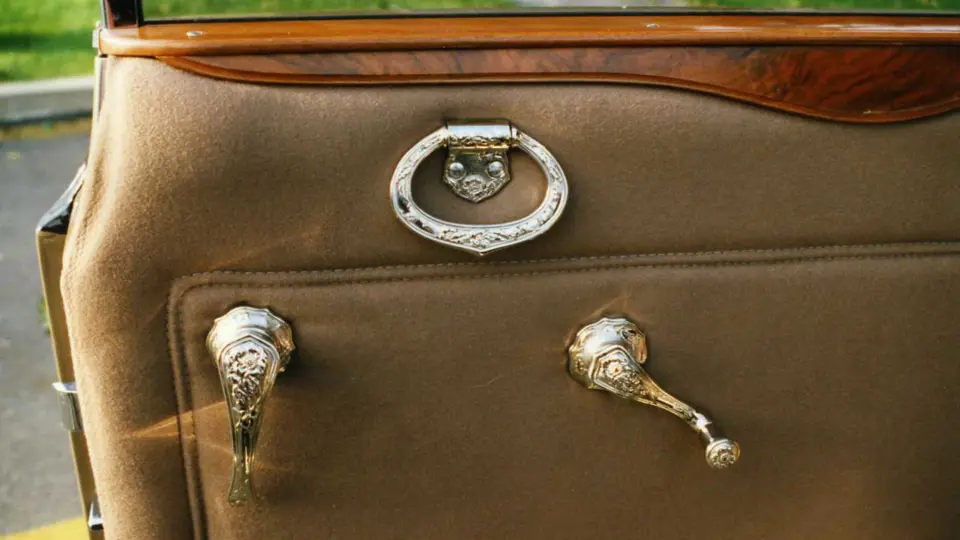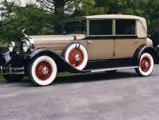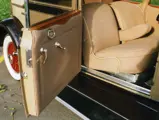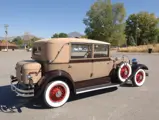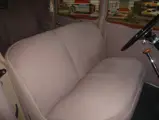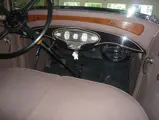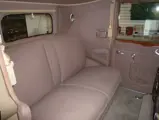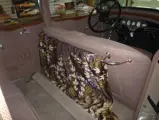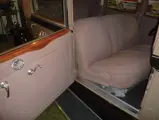92 bhp, 288.5 inline F-head six-cylinder engine, three-speed manual transmission, solid front axle and live rear axle with semi-elliptic leaf springs, and four-wheel mechanical drum brakes. Wheelbase: 139"
- Elegant Murphy design
- CCCA Full Classic
- Largest Hudson ever built
In 1927, the Hudson Motor Car Company commissioned a series of prototype cars from the Walter M. Murphy Company, the renowned Pasadena, California coachbuilder. The cars were to be designed using Murphy’s thin-pillar construction technique, a style adapted from the coachbuilding firm Gangloff by Murphy general manager Frank Spring. Six cars were delivered to Detroit, a landau sedan, victoria, seven-passenger sedan, convertible coupe, convertible sedan and a fixed-head coupe. Hudson management liked them, but Murphy lacked the capacity to produce the styles in quantity, as Hudson wanted. The prototype cars were thus sent to the Amesbury, Massachusetts coachbuilders Biddle and Smart, which had been building closed cars for Hudson since 1923. Amesbury was known as “The Carriage Town” from its days as a center of carriage building; Biddle and Smart was one of the earliest Amesbury companies to switch to automobile bodies. By the mid-1920s, clients included Rolls-Royce of America, for whom they built under the Rolls-Royce Custom Coachwork label.
The closed Murphy styles, with the exception of the coupe, were put into production on Hudson’s 1928 Model O chassis, which was the longer of two wheelbases. The Murphy-designed cars were carried over into 1929, with the victoria and landau sedan on the short Model R chassis. The seven-passenger sedan was added to the new, extended wheelbase Model L line, along with a seven-passenger limousine and a club sedan.
Although quite popular, the new styles were short-lived. Biddle and Smart was in dire straits, and Hudson declined to renew their contract for 1930, transferring all body construction to Detroit. Frank Spring, too, could see the handwriting on the wall. By September 1931, he had left the struggling Murphy company to become Hudson’s first “style engineer.”
The car presented here is a sterling example of the Murphy-designed club sedan. The owner acquired it in need of restoration in 1994 from Mel Sothan of Garden Grove, California, who discovered it on a farm in Washington State in the 1950s. A four-year, ground-up restoration ensued before the car debuted at the Salt Lake City Pioneer Day parade in July 1997, albeit incomplete without its trunk. That final piece didn’t fall into place until the next year, when Indiana Hudson collector Eldon Hostetler lent an original trunk as a pattern.
Since completion, this Hudson has been shown in more than 15 car shows and concours and has received three first-place awards and a Golden Award of Excellence and Men’s Choice at the VMCCA national tour in California during 2001. It also received a class award at the Rocky Mountain Concours d’Elegance at Colorado Springs in 2007.
Model L Hudsons are the only series-accepted Full Classics recognized by the Classic Car Club of America. This Classic Hudson won a First Prize Primary Division at the Silverdale, Washington CCCA Grand Classic in 2004 and carries CCCA Senior badge #2653. It has been a cover car for CCCA’s magazine The Classic Car and appears in Beverly Rae Kimes’ book The Classic Era. It has also been a cover car for White Triangle News, the Hudson Essex Terraplane Club magazine. The chance to acquire such a unique car certainly won’t come again soon.
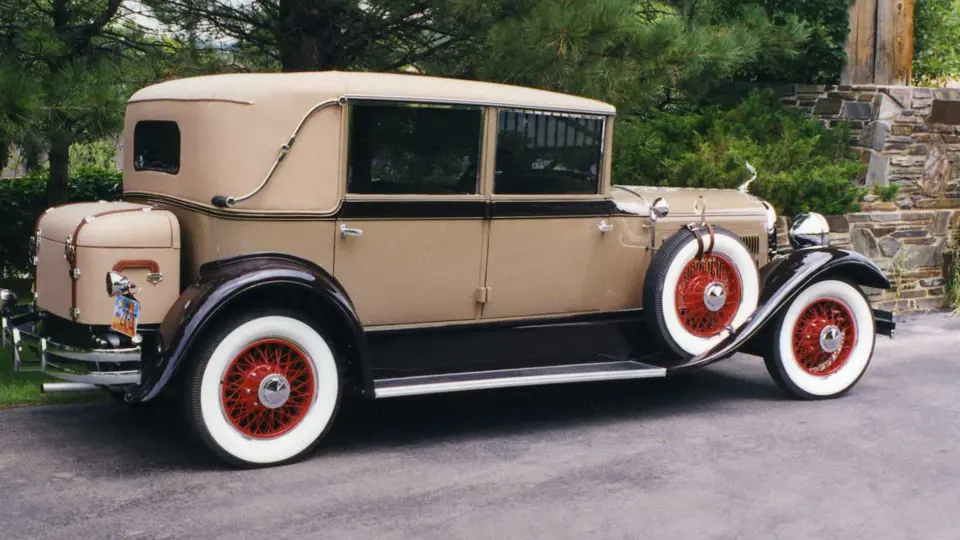



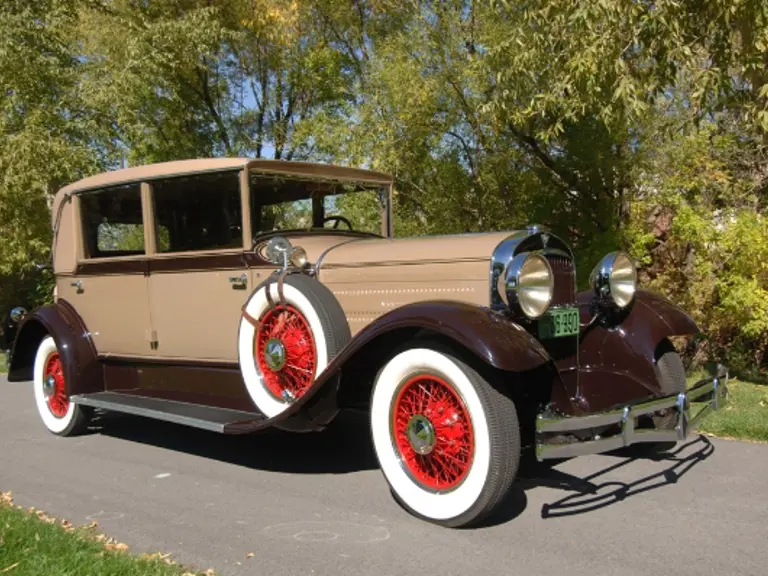
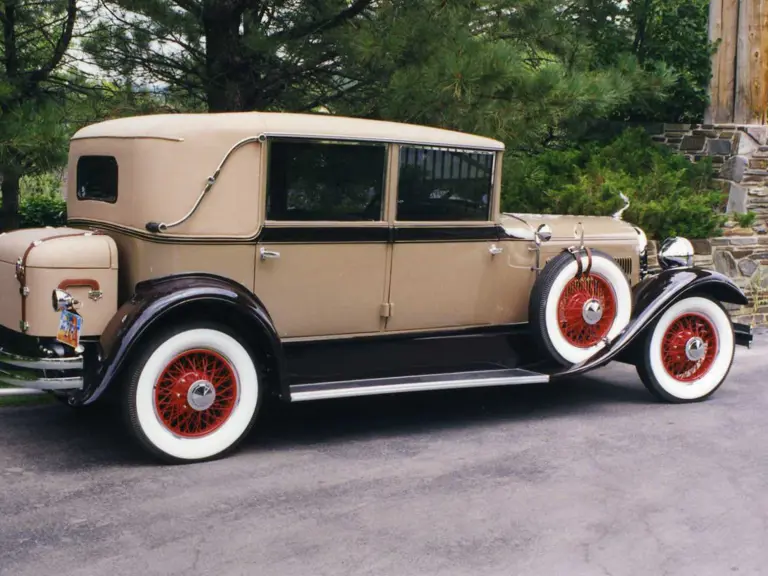

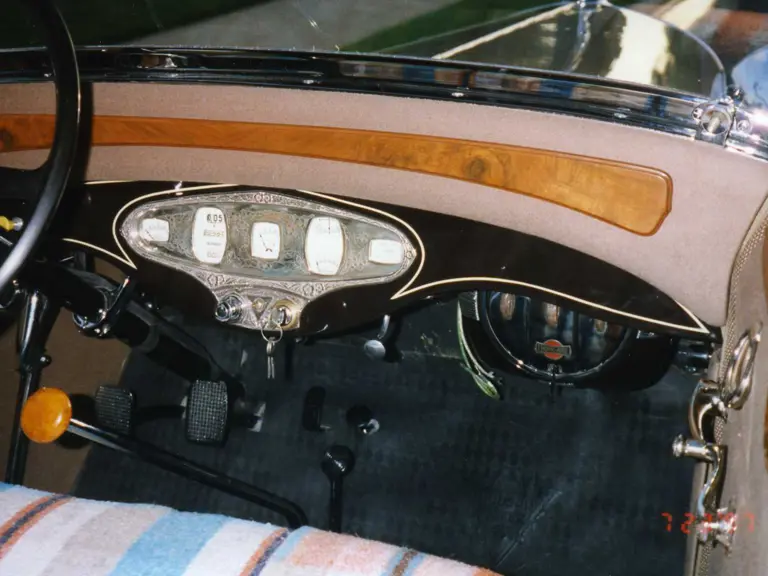
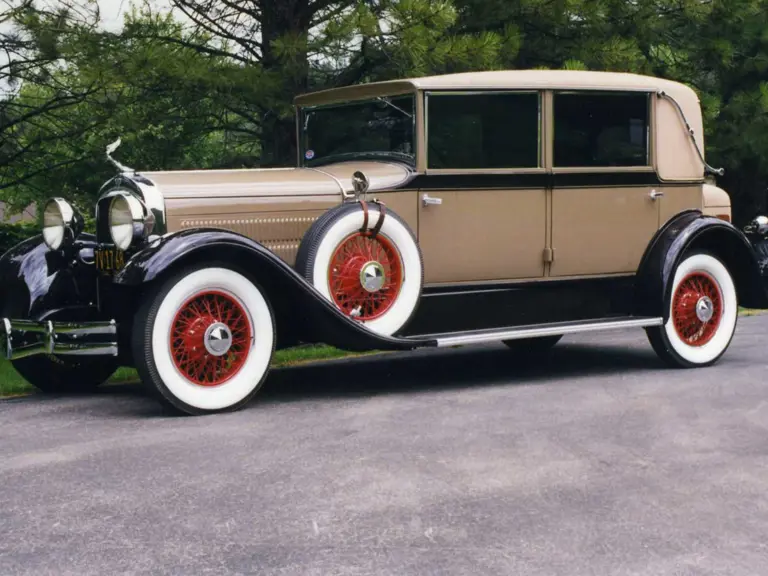
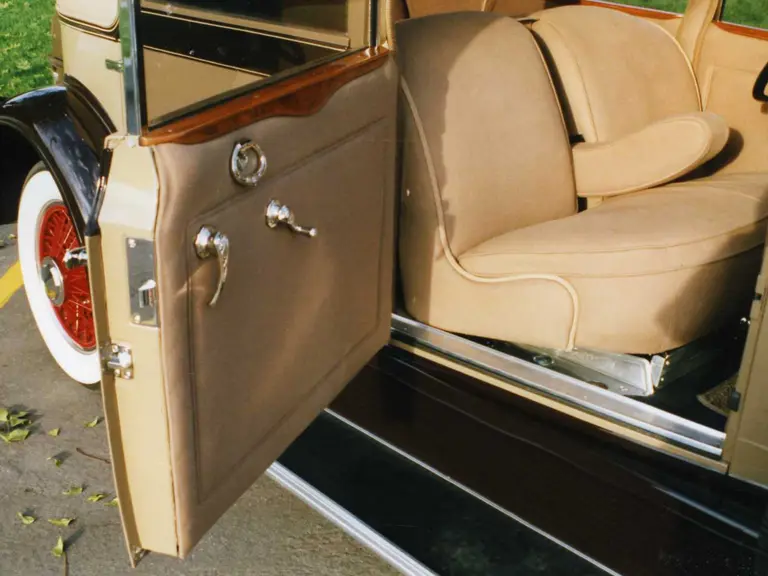
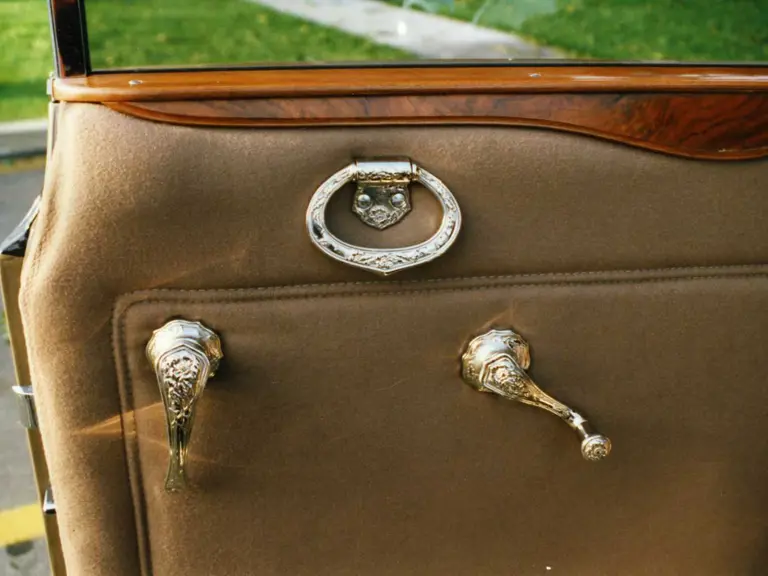
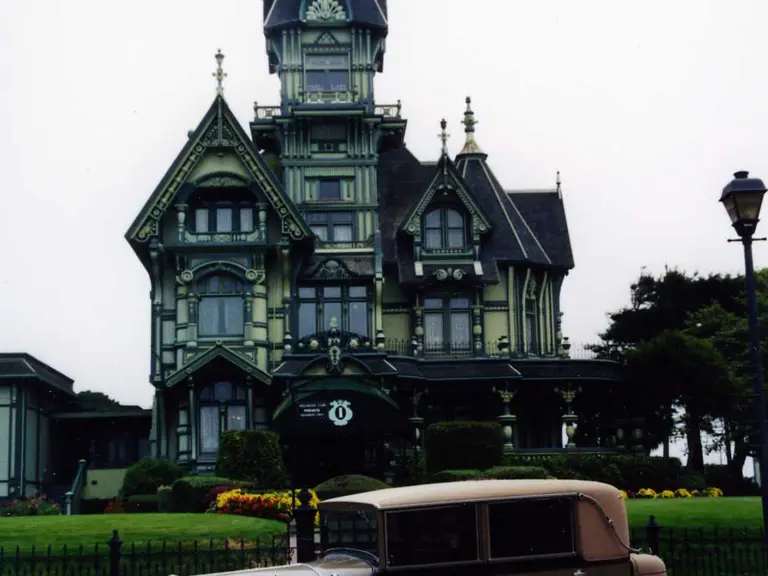
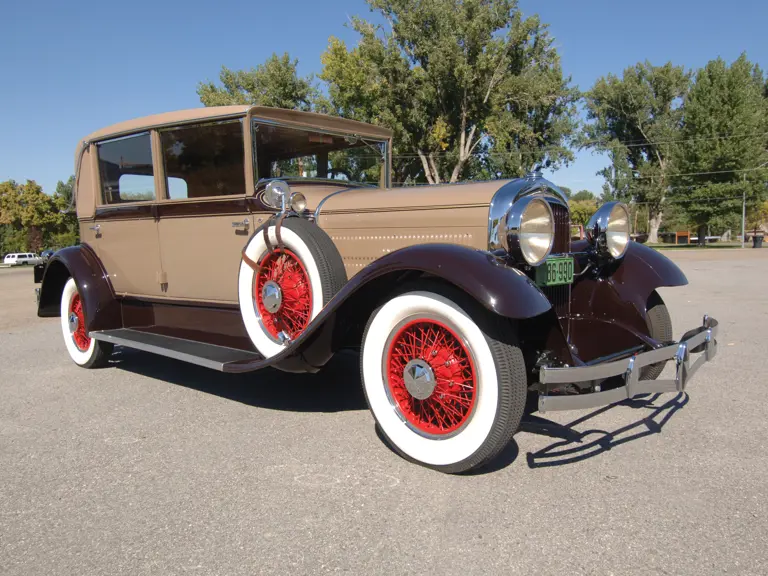
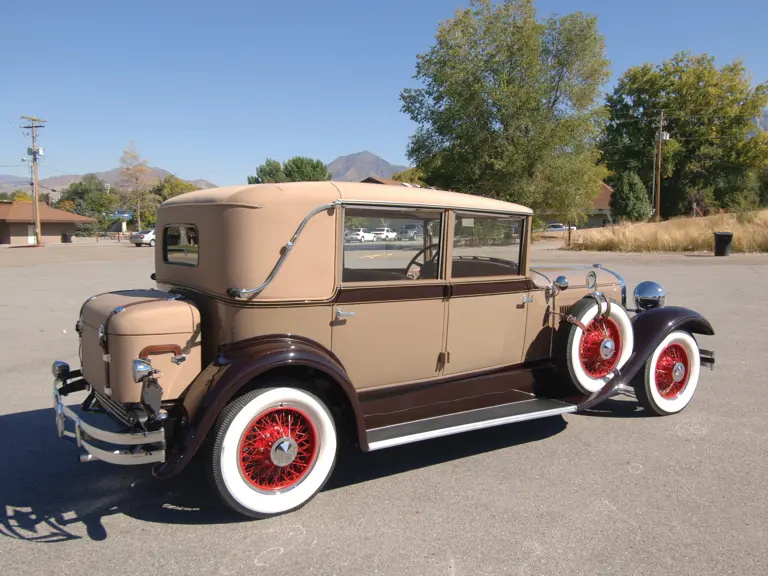

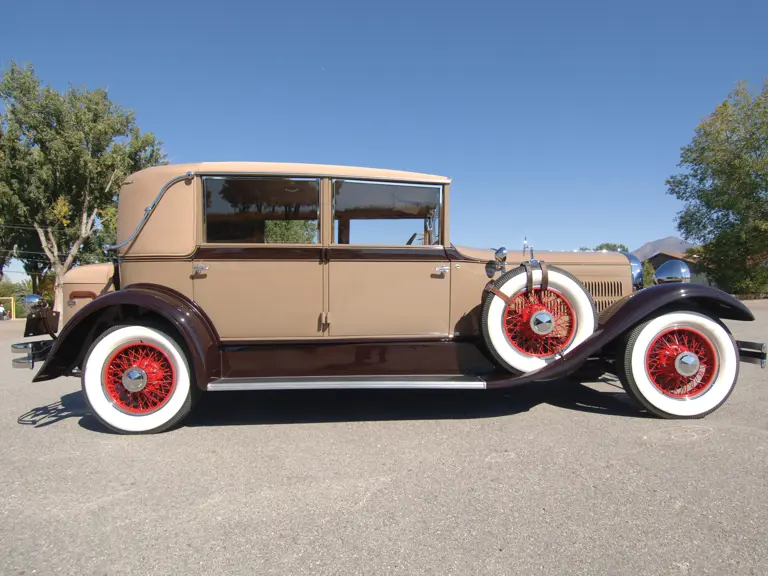
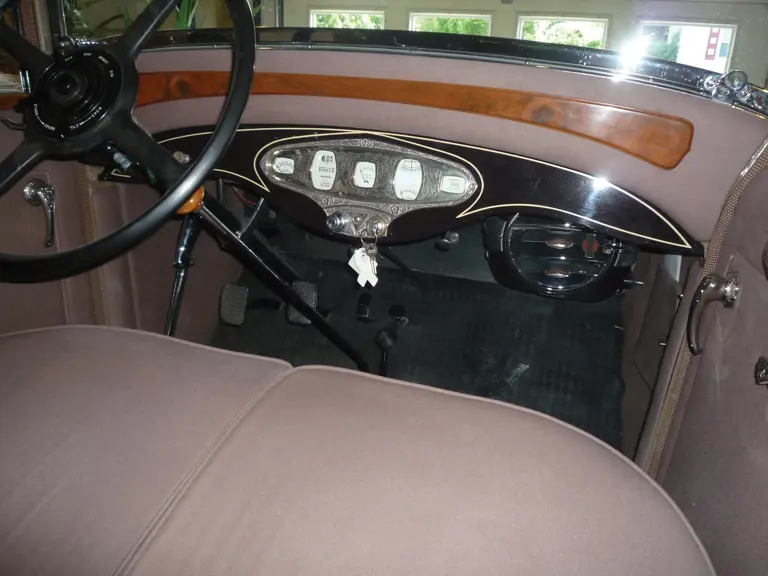
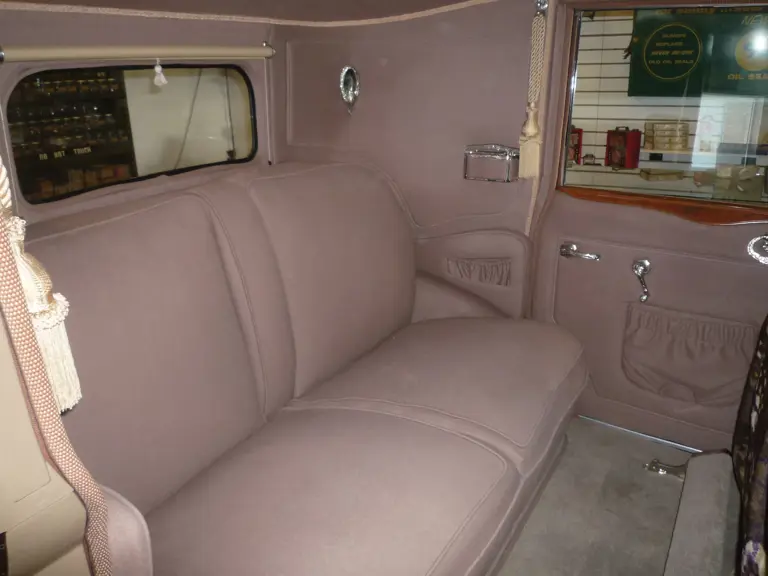



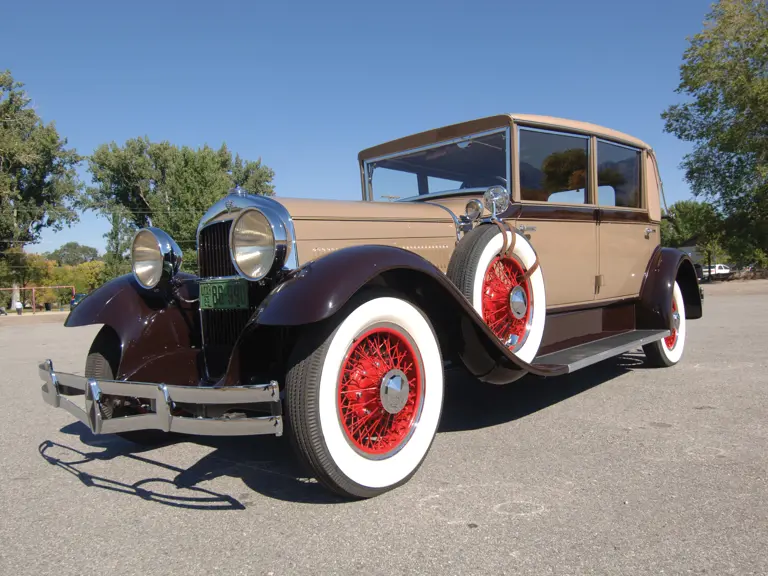
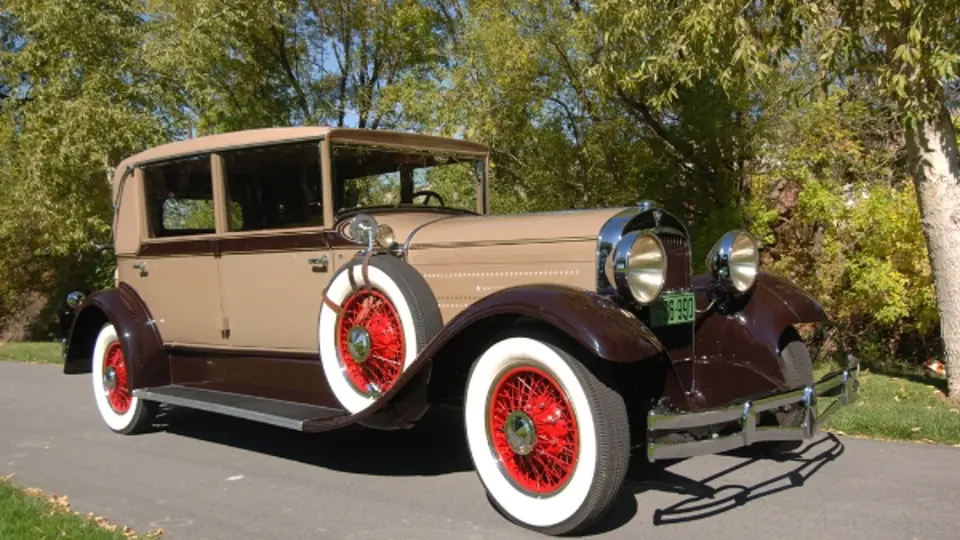
 | Hershey, Pennsylvania
| Hershey, Pennsylvania


